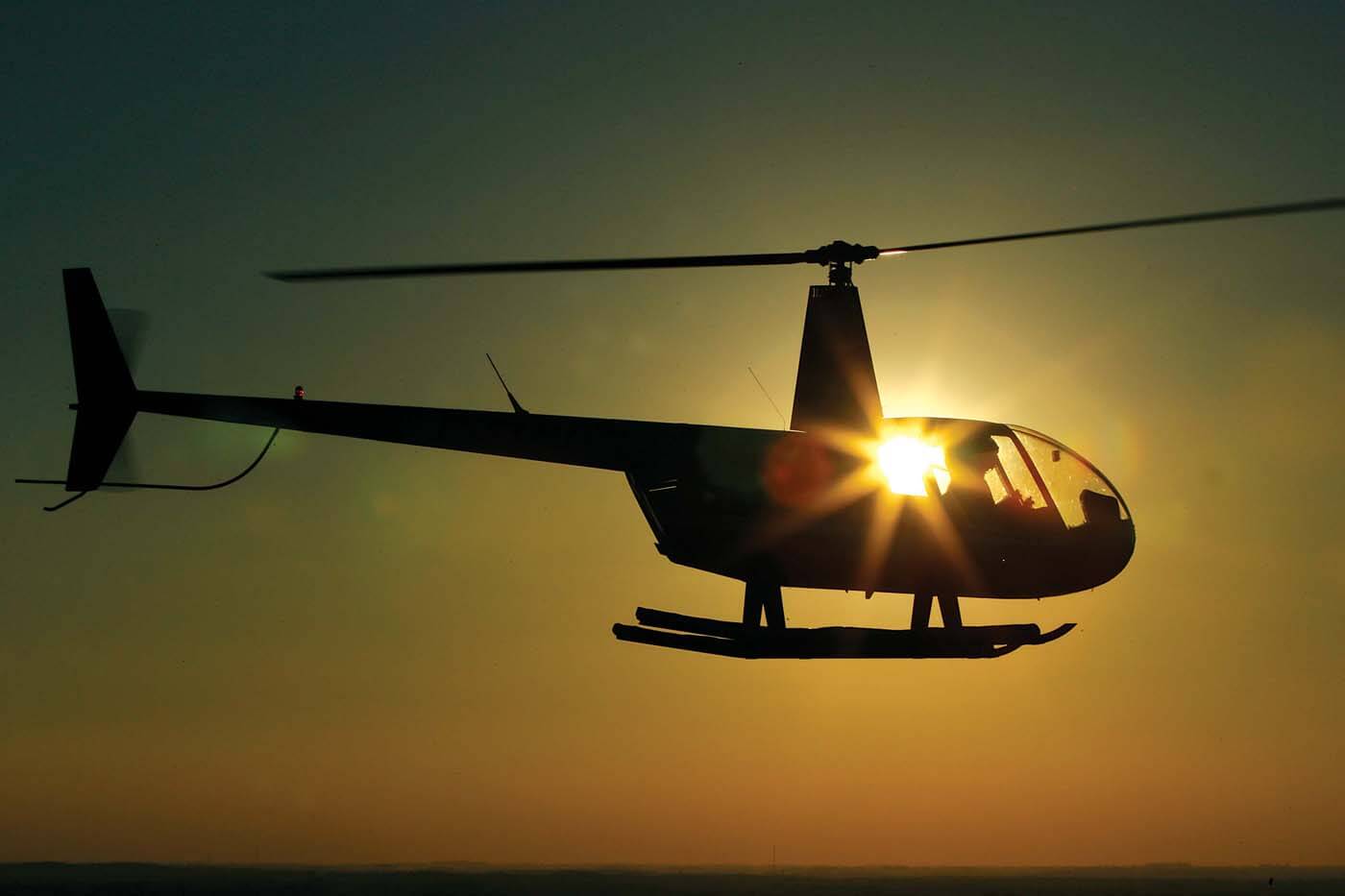melax
Well-Known Member
That's a scary video !
I'm wondering if it's due to mast bumping ? apparently the R44's are prone to it.

 www.dailymail.co.uk
www.dailymail.co.uk
I'm wondering if it's due to mast bumping ? apparently the R44's are prone to it.

Grim footage shows helicopter tumbling to earth in Dallas
The helicopter crashed about 11.30am into a vacant lot on a busy commercial strip along Texas 66 in Rowlett, killing the pilot and another person on board, but leaving no else injured.

